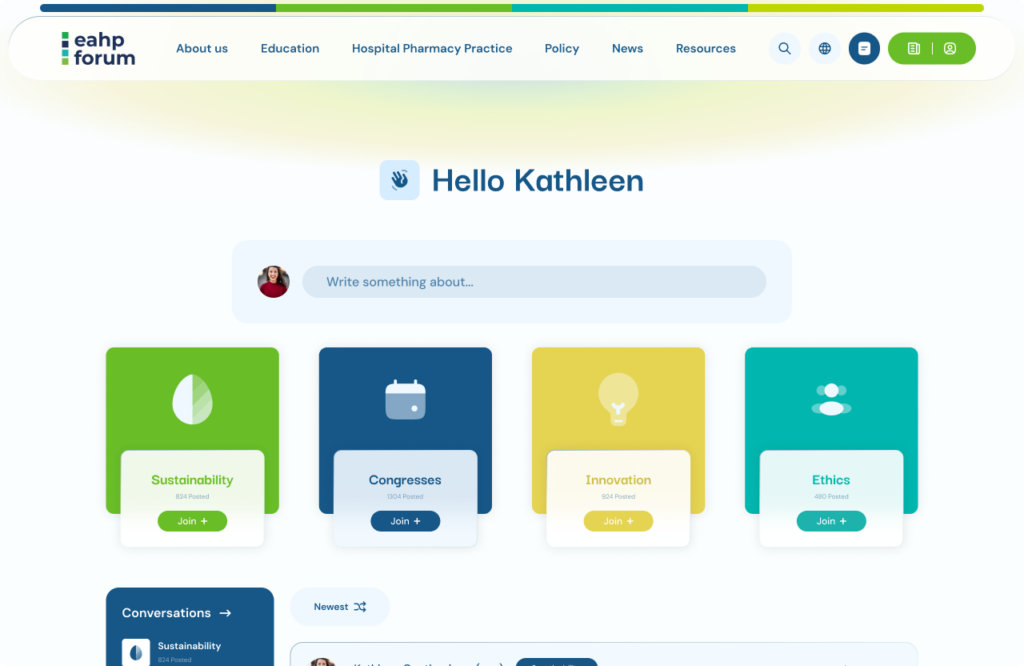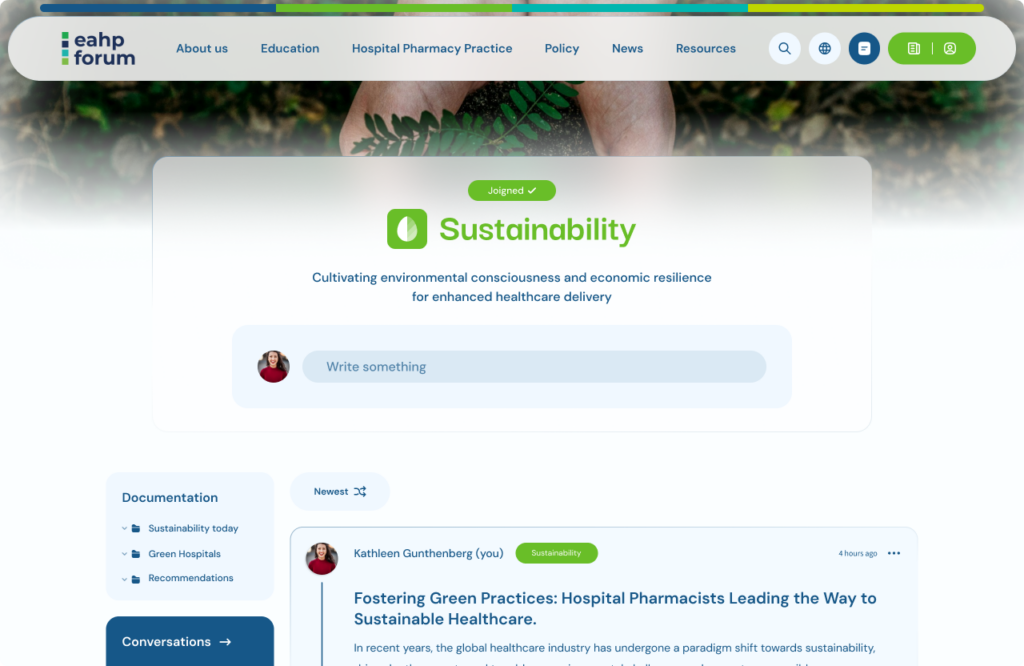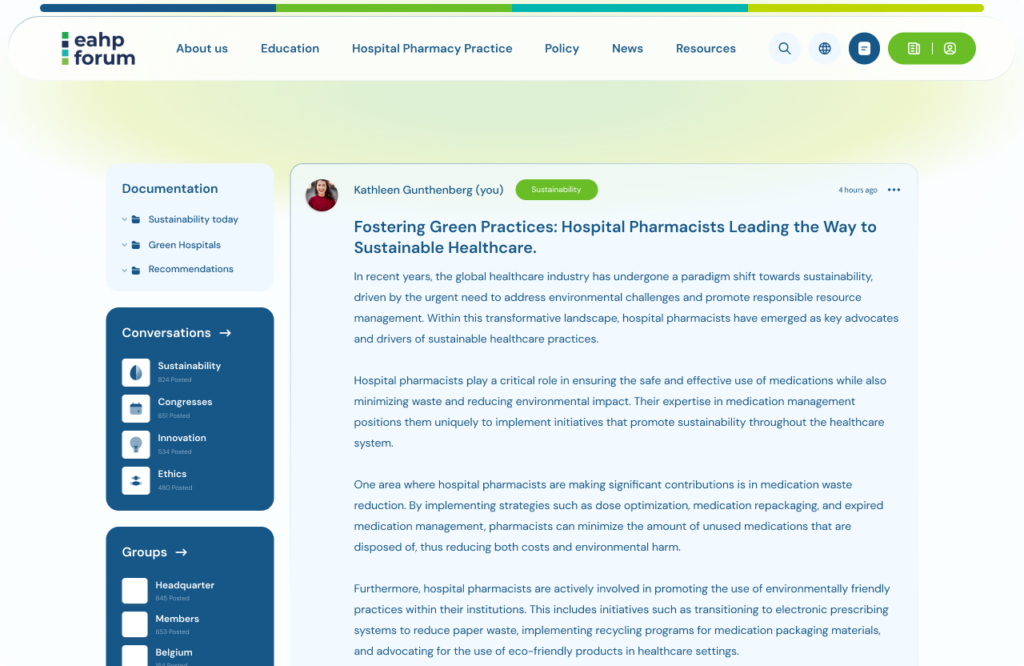 One of the three workshops to take place at the 18th Congress of the EAHP will look at ‘the art of writing an abstract’.
One of the three workshops to take place at the 18th Congress of the EAHP will look at ‘the art of writing an abstract’.
The session will give top tips in presenting the important aspects of any study and the common pitfalls to avoid.
Workshop presenter and EAHP Scientific Committee member Gunar Stemer sets out some of the key aspects to be addressed.
Raising the bar on abstract submission standards
One of the areas of very noticeable annual growth in terms of the EAHP Congress is the yearly rise in the number of abstracts submitted for consideration of display. From the EAHP Scientific Committee’s perspective this is an excellent development, as it provides evidence that more practitioners recognise the need and importance of hospital pharmacy practice research. By presenting such scientific work to colleagues and the public the visibility what the hospital pharmacist does, and the value and benefit of their input, can only be increased.
However, with an ever increasing number of abstract submissions the Scientific Committee has also considered there is a need to clearly communicate to our colleagues what our expectancies are in terms of the format and information contained in abstracts, and to give some indication of common mistakes that may unfortunately lead to an abstract failing to meet the necessary standard. For the Scientific Committee, the poster abstracts displayed at the congress is not so much a question of quantity, but in fact a matter of quality.
Here are a few brief pointers that can help ensure a smooth journey through the submission and appraisal process.
1. Clarity is key
The basis of a good abstract is a well performed study. It is essential that there is a clear study question and clear study aims at the very beginning. If this is clear, then it is far easier to present the results in an acceptable way and draw valid conclusions. It follows too that unclear study aims und unclear methodology can often lead to unclear results. It is essential that authors only present conclusions that they can really support with data.
2. Language matters
A very simple, but easily correctable, reason that can lead to a decision to reject a submission is poor use of the English language, so that the content of the abstract is very difficult to understand.
3. Use a fresh pair of eyes to review
Finally, a tip that can apply in many circumstances, not only abstract submission, is to ask colleagues who have not been closely involved in the study, to provide an honest review and cross-check of the content to ensure the key ideas are well communicated. Asking someone uninvolved in the study to conduct such a review can help to imitate the ‘fresh pair of eyes’ that will read the abstract after submission. If this does not happen before submission, there can be situations during the abstract review process when the Scientific Committee asks itself: what is the message that the authors are seeking to convey?
Colleagues are encouraged to participate in our workshop, where we will present many other common mistakes that can be easily avoided. We will also present the new, comprehensive EAHP guideline for scientific presentations.
‘The Art of Writing an Abstract’ workshop takes place on Wednesday 13th March, 1400-1530 and on Thursday 14th March, 0830-1000, in Room 253.
Workshop abstract here.

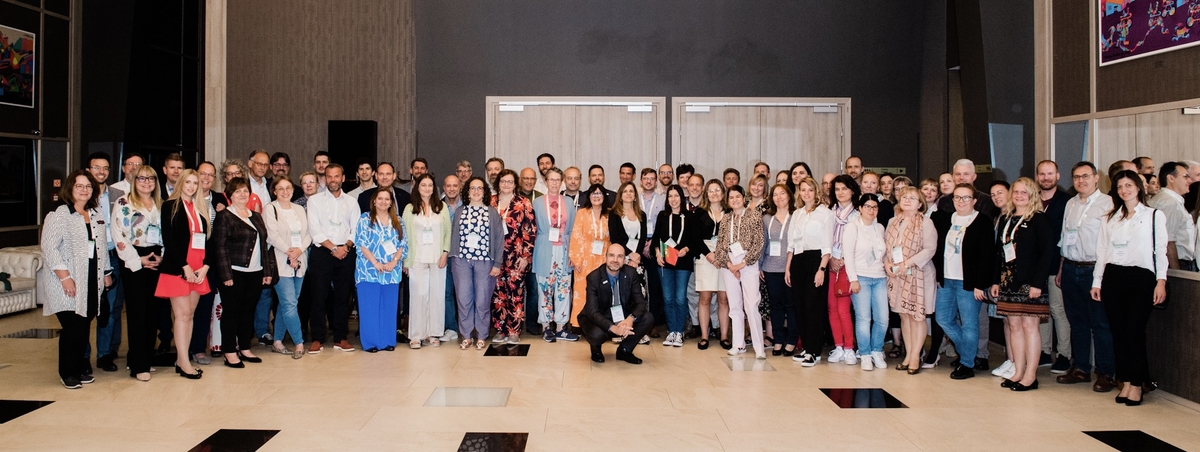


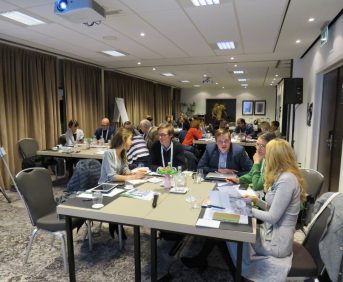
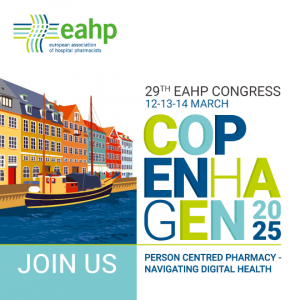
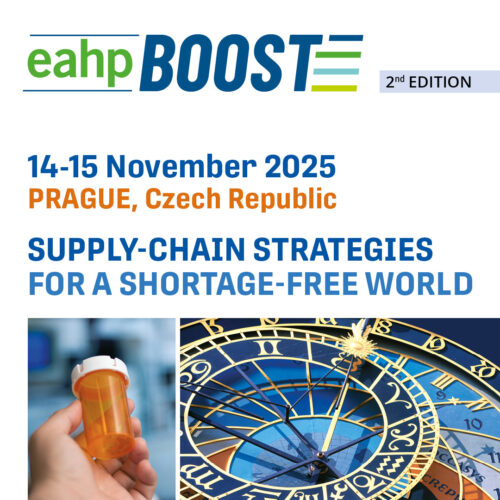
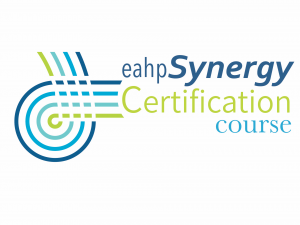
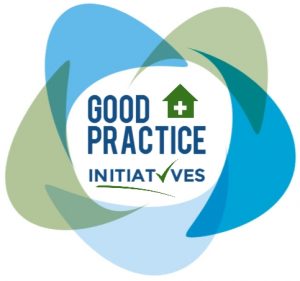

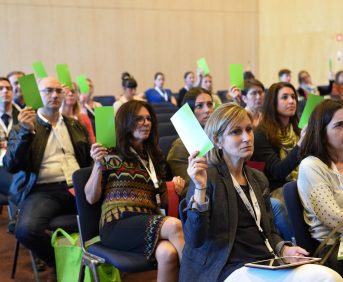

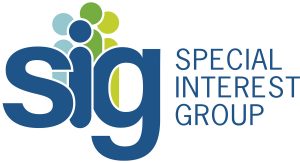

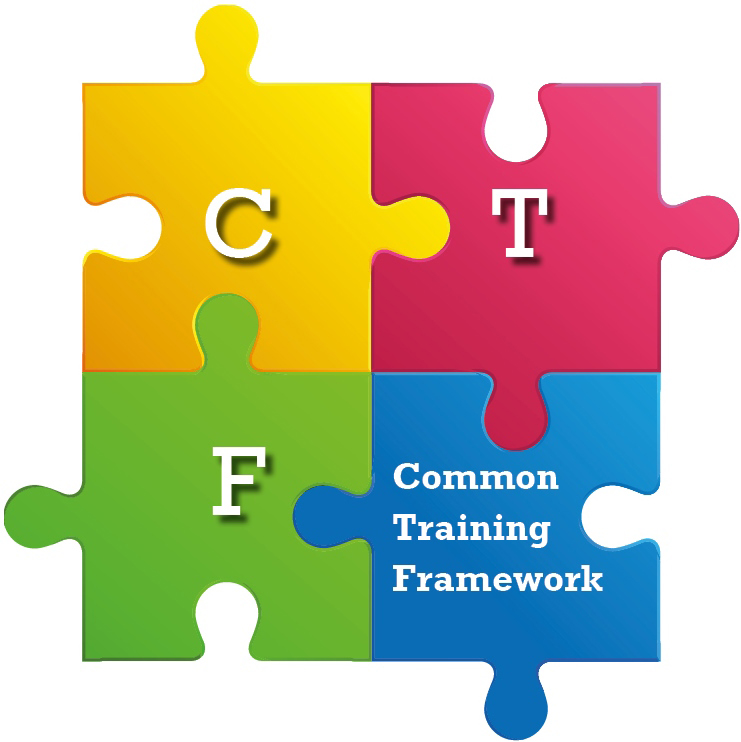
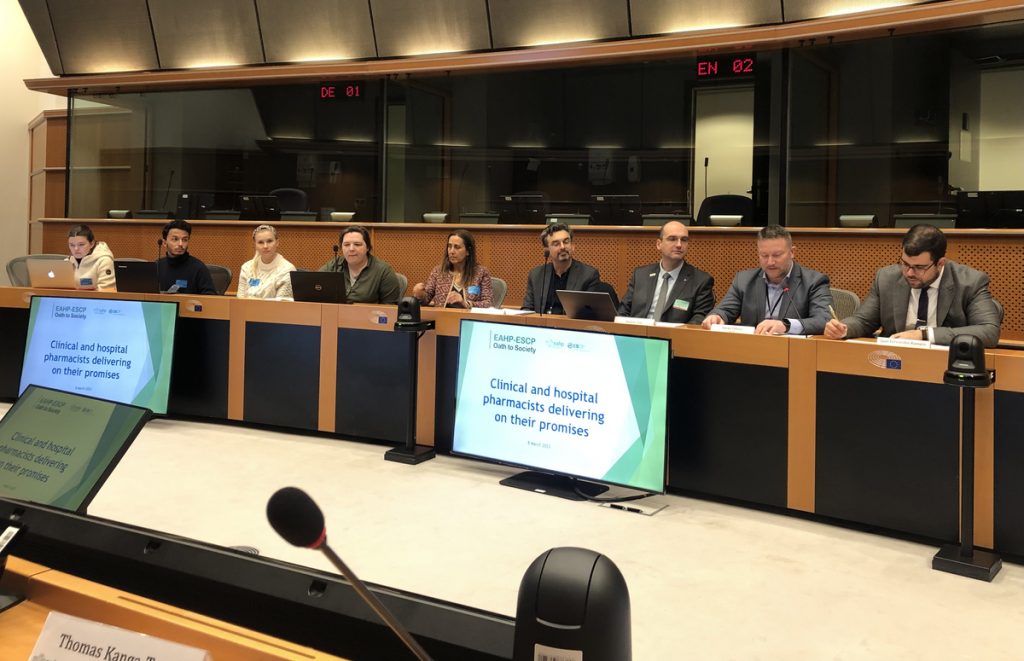
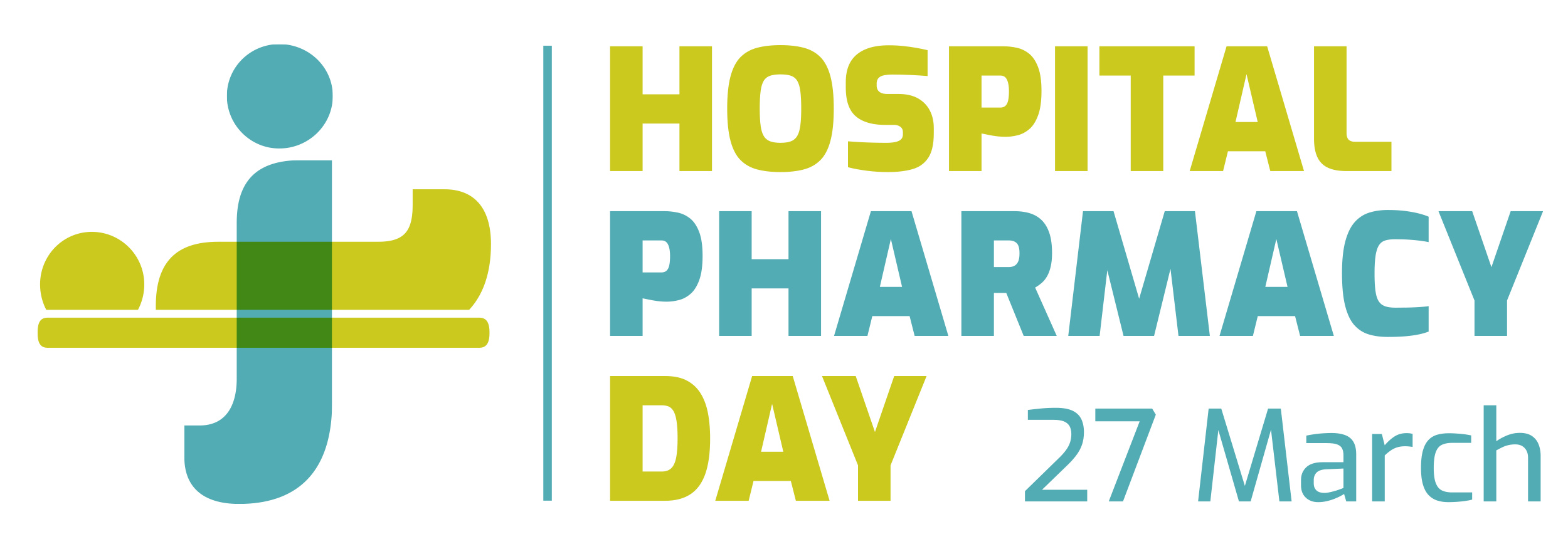
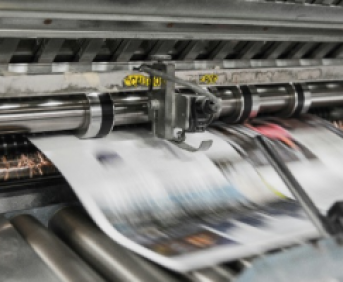

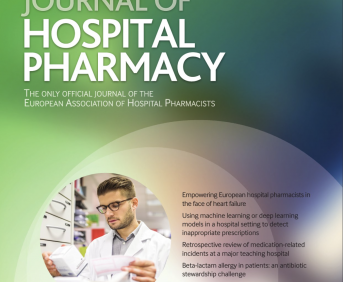



 One of the three workshops to take place at the
One of the three workshops to take place at the 